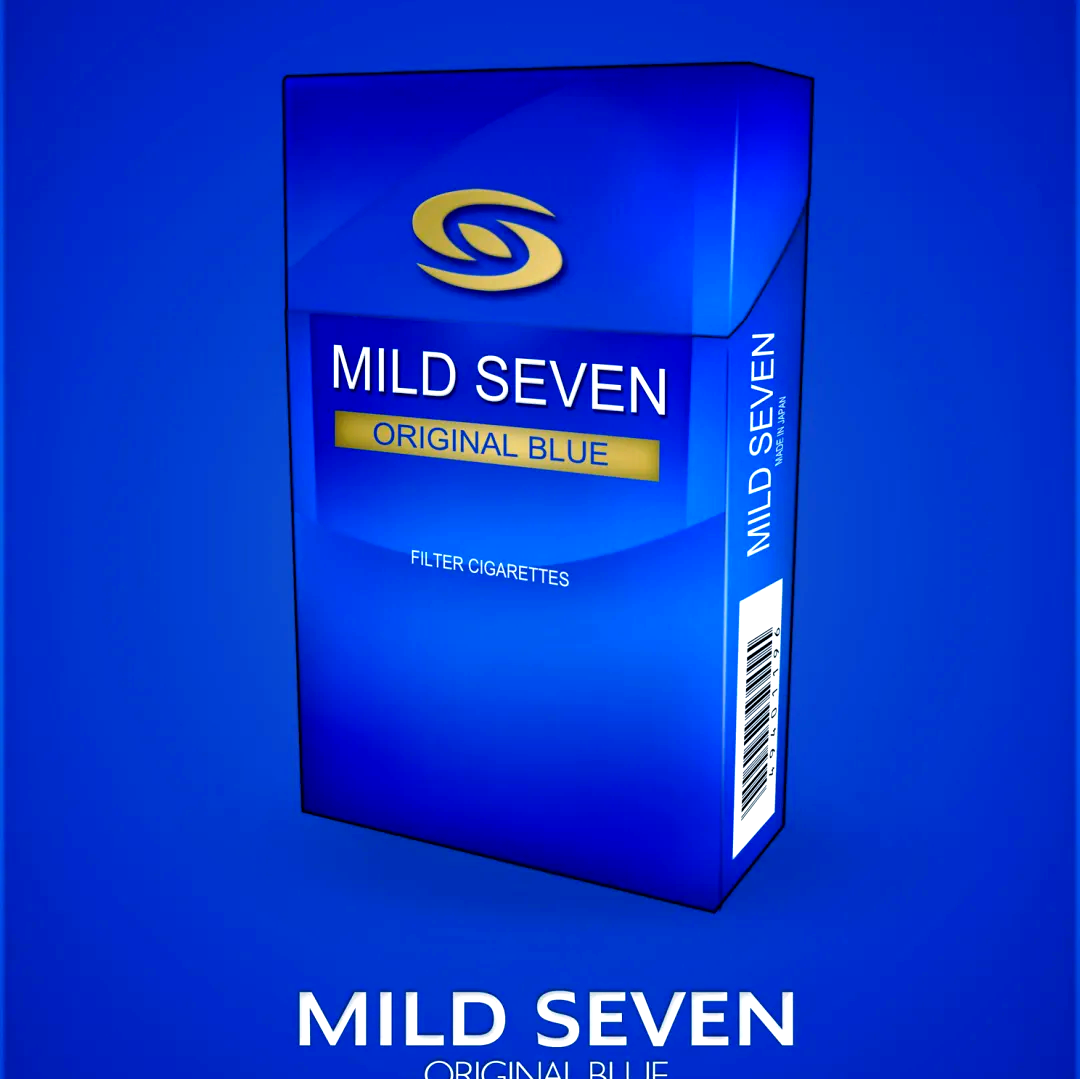The Unseen Link: How Tobacco Use Exacerbates Skin Telangiectasia
We often discuss the well-known dangers of tobacco use, linking it to lung cancer, heart disease, and respiratory issues. However, the impact of smoking extends far beyond our internal organs, casting a visible shadow on the very canvas of our body—our skin. While premature wrinkles and a dull complexion are commonly acknowledged consequences, a more specific and often distressing condition aggravated by tobacco is skin telangiectasia. These tiny, visible blood vessels, sometimes called "spider veins," can become more pronounced and severe due to the relentless assault of cigarette smoke on the body's vascular and dermal systems.
To understand this connection, we must first grasp what telangiectasia is. These are permanently dilated small blood vessels located near the surface of the skin. They appear as fine pink or red lines, often in a web-like or linear pattern, most frequently on the face (especially the nose, cheeks, and chin), legs, and other sun-exposed areas. While generally harmless from a medical standpoint, they can be a significant cosmetic concern for many and are sometimes associated with underlying conditions like rosacea. The development of these visible blood vessels is a complex process influenced by genetics, sun exposure, hormonal changes, and, crucially, environmental insults like tobacco smoke.
The journey of how tobacco smoke worsens skin telangiectasia severity begins the moment it is inhaled. Cigarette smoke is a toxic cocktail of over 7,000 chemicals, hundreds of which are poisonous and at least 70 known to cause cancer. This chemical onslaught directly damages the body's intricate network of blood vessels, a condition known as endothelial dysfunction. The endothelium is the thin layer of cells lining the inside of every blood vessel, acting as a sophisticated control center for vascular health. It regulates blood vessel dilation and constriction, controls inflammation, and prevents clot formation.
Tobacco smoke devastates this delicate system. Nicotine and other chemicals cause blood vessels to constrict or narrow, reducing blood flow and oxygen delivery to peripheral tissues, including the skin. Simultaneously, these toxins trigger a state of chronic, low-grade inflammation throughout the body. This inflammation damages the endothelial cells, making them "leaky" and dysfunctional. Over time, this repeated cycle of constriction, inflammation, and damage weakens the tiny capillaries just beneath the skin's surface. The walls of these vessels lose their elasticity and structural integrity, causing them to dilate permanently and become visible through the skin—the very definition of telangiectasia.
Furthermore, tobacco use has a profoundly negative effect on the skin's extracellular matrix, which is the scaffolding that provides support and structure. This matrix is primarily composed of two critical proteins: collagen and elastin. Collagen provides strength and firmness, while elastin allows the skin to snap back after being stretched. Healthy, dense collagen helps to mask underlying blood vessels, while weakened, thin skin makes them far more apparent.
Herein lies another destructive pathway through which smoking exacerbates facial telangiectasia. The chemicals in tobacco smoke, particularly nicotine and carbon monoxide, directly impair the function of fibroblasts, the cells responsible for producing collagen and elastin. Moreover, many of the chemicals in smoke are potent generators of free radicals, unstable molecules that cause oxidative stress. This oxidative damage actively breaks down existing collagen and elastin fibers. The result is skin thinning, a loss of resilience, and accelerated skin aging. As the skin's protective dermal layer becomes thinner and more transparent, the underlying dilated blood vessels become increasingly visible, making existing telangiectasia more severe and promoting the formation of new broken capillaries.
The link between tobacco consumption and rosacea-related telangiectasia is particularly strong. Rosacea is a common inflammatory skin condition characterized by facial redness, flushing, and often, the development of telangiectasia. Smoking is a well-documented trigger for rosacea flare-ups. The heat from the cigarette, the vasoconstrictive effect of nicotine followed by a rebound dilation, and the systemic inflammation all conspire to worsen facial redness and flushing episodes. Each flush is a surge of blood that puts pressure on the facial capillaries. Over time, these repeated cycles of dilation and constriction cause the vessels to lose their ability to contract back to their original size, leading to permanent dilation and a noticeable increase in the severity of telangiectasia in rosacea patients.
For individuals seeking treatment for their visible blood vessels, tobacco use can be a significant impediment to success. Common and effective treatment options for telangiectasia include laser therapy and intense pulsed light (IPL) treatments. These procedures work by delivering specific wavelengths of light that are absorbed by the hemoglobin in the blood vessels, generating heat that selectively destroys the dilated vessel while sparing the surrounding skin.
However, a smoker's skin presents unique challenges. The compromised microcirculation and reduced oxygen levels mean the skin has a diminished capacity for healing and repair post-procedure. The inflammatory state perpetuated by smoking can lead to prolonged redness, swelling, and a higher risk of adverse effects like hyperpigmentation or scarring. Most critically, if the underlying cause—the ongoing vascular damage from smoking—is not addressed, new telangiectasia will likely form, undermining the long-term results of the treatment. Therefore, the management strategy for reducing telangiectasia risk and improving treatment outcomes must include smoking cessation as a cornerstone.
The impact of smoking on skin vascular health is not an overnight phenomenon, but a cumulative process. The severity of the damage is often dose-dependent, meaning the number of cigarettes smoked per day and the total number of years as a smoker directly correlate with the worsening of the condition. The encouraging news is that the body possesses a remarkable ability to heal once the toxic insult is removed.

Quitting tobacco is the single most effective step one can take to halt the progression of telangiectasia and improve overall skin health. While existing, permanently dilated vessels will not disappear on their own without treatment, cessation immediately begins to improve endothelial function, reduce systemic inflammation, and lower the burden of oxidative stress. Blood flow to the skin improves, delivering vital oxygen and nutrients. Over weeks and months, the skin's natural repair processes can slowly begin to rebuild collagen, though the reversal of significant thinning takes time. Most importantly, quitting smoking stops the relentless triggering of new vessel formation and prevents existing telangiectasia from becoming more extensive and severe.
In conclusion, the connection between tobacco use and the aggravation of skin telangiectasia is a clear and scientifically supported one. It is a multi-faceted attack, involving direct damage to blood vessel walls, the promotion of chronic inflammation, and the degradation of the skin's supportive structure. For anyone concerned about the appearance of visible blood vessels on their face or body, understanding this link is crucial. Addressing tobacco use is not just about preventing future internal disease; it is a vital, proactive step in preserving the health, youthfulness, and appearance of your skin. By choosing to quit, you are not only giving your lungs and heart a chance but also allowing your skin's natural vitality to re-emerge, creating an environment where telangiectasia is less likely to flourish and more likely to respond positively to professional care.













